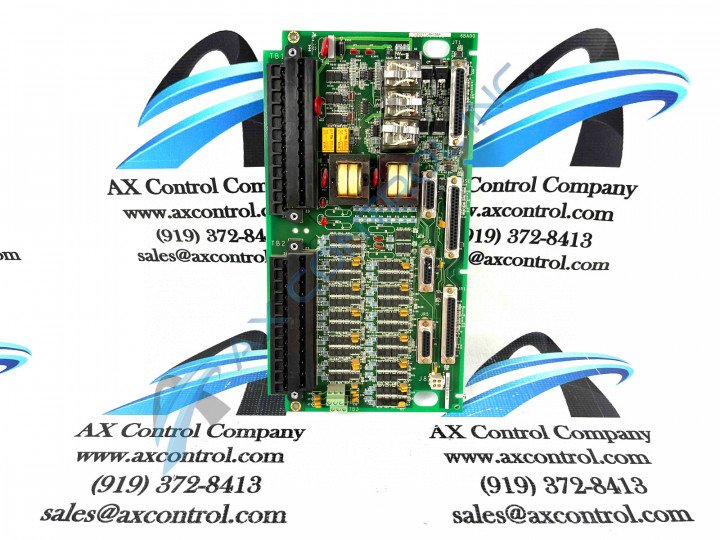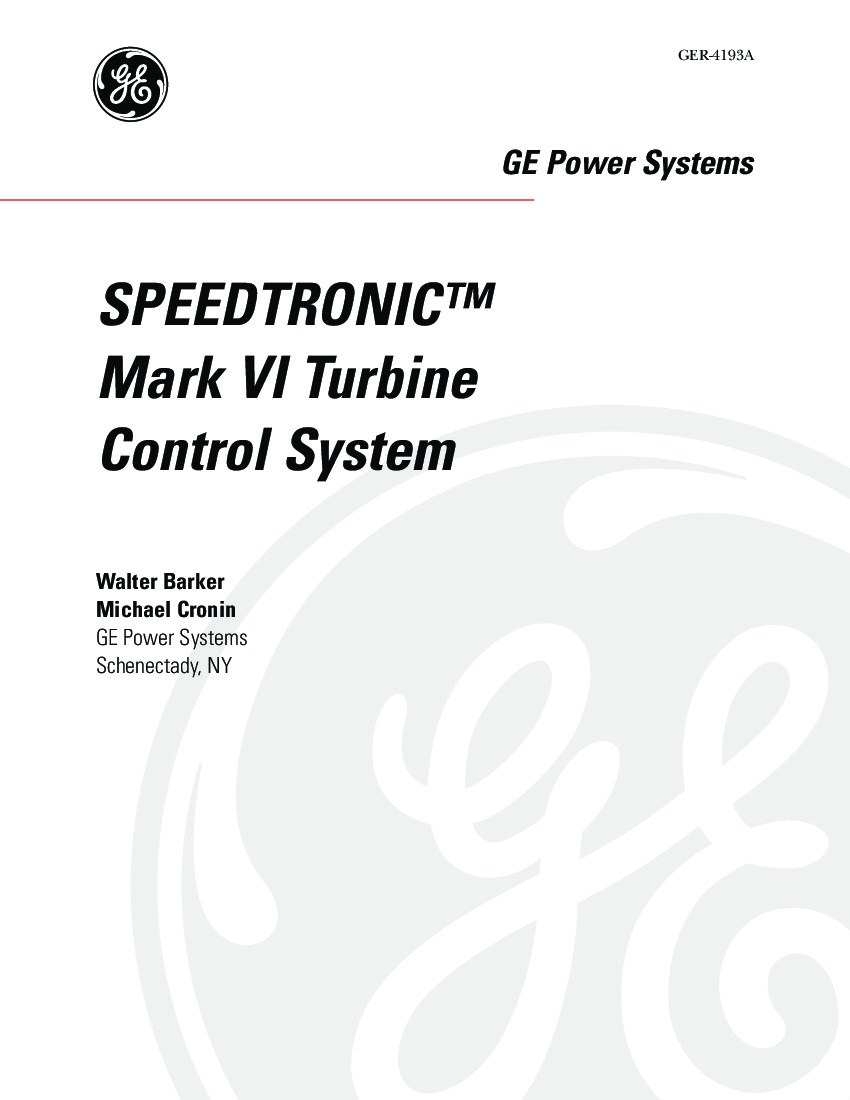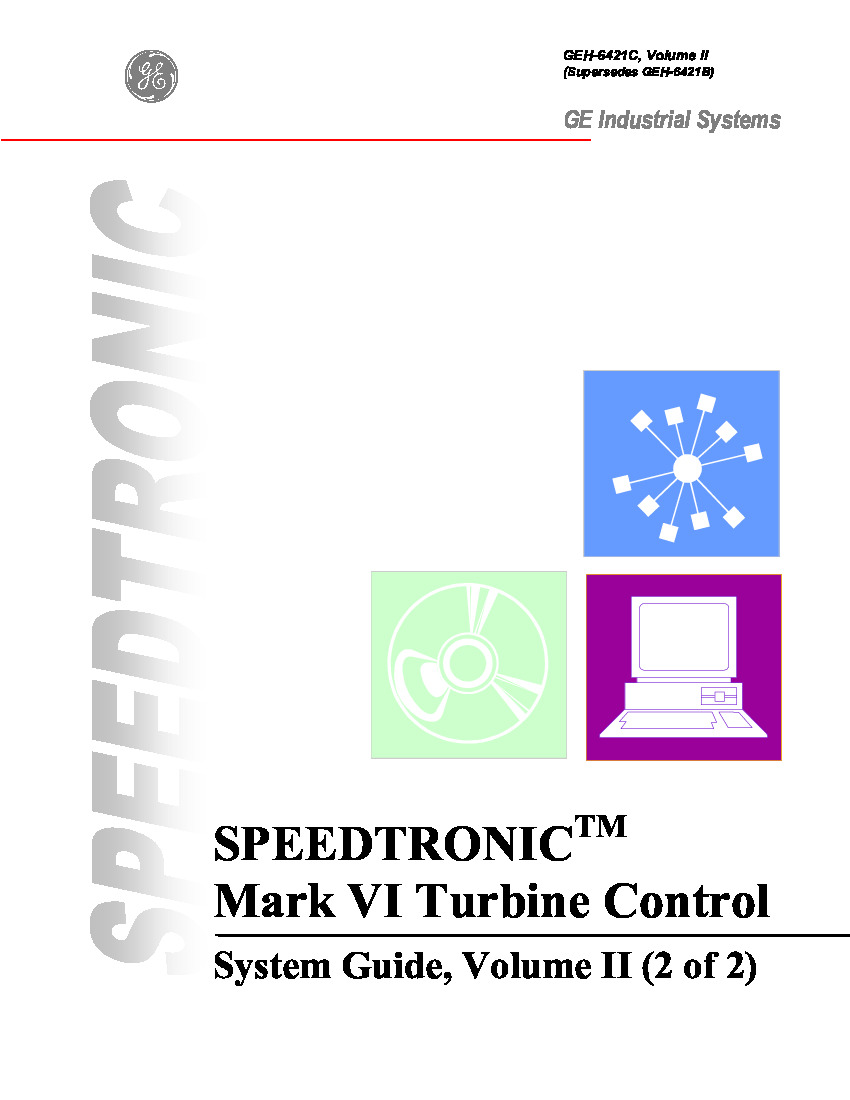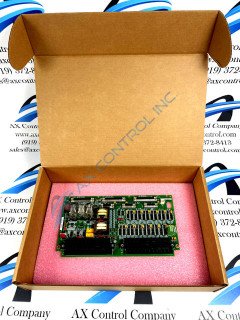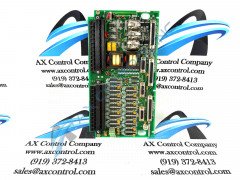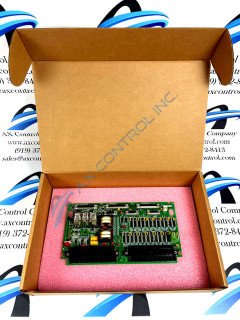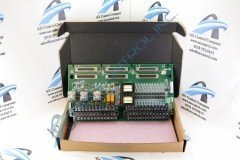About the IS200TTURH1BBA
This IS200TTURH1BBA particular printed circuit board product offering from General Electric was originally designed and manufactured specifically for placement in the Mark VI Turbine Control System Series's normal style of Mark VI Series automated drive product assembly. The Mark VI Turbine Control System Series that this IS200TTURH1BBA device belongs to, as you can tell based off its full extended series name, exists with as set of possible functional applications in the control and management systems of General Electric-compatible gas, steam, and wind turbine automated drive assemblies. This must be classified as a massive functional upgrade upon the prior industry-standard Mark V Turbine Control System Series, given the fact that the Mark V Series' possible functional applications were generally limited to gas and steam turbine assembly environments alone. This IS200TTURH1BBA device's Mark VI Series is a Speedtronic GE Mark Series iteration.
Hardware Tips and Specifications
This IS200TTURH1BBA Turbine Termination Board device is actually not the originally-developed printed circuit board product of its specific Mark VI Turbine Control System Series intended functional product role. That would have to be considered the IS200TTURH1 parent Turbine Termination Board notably not making use of this IS200TTURH1BBA Turbine Termination Board device's three-fold significant revision table. Some of the significant characteristics of this TTUR-abbreviated device's various input and output types include the Passive magnetic speed sensor (2-14k Hz), single phase PTs for synchronizing, auto/Manual synchronizing interface, and finally the unique shaft voltage / current monitor characteristics. Warranty protection offered as well. Marketed by General Electric as a VTUR termination barrier board the IS200TTURH1BBA model has four different input and output (I/O) types that are used when operating. These I/O types are as follows:
- Two support vector machine I/Os
- Four Pulse Rate or Speed I/Os
- Two PTs
- Synch Relays
All of the above I/Os have individual and unique characteristics as well. In relation to the pulse rate (speed) I/Os, they are typically known as magnetic speed sensors and operate at two to fourteen thousand Hertz. Models within the Mark VI System have several application-specific I/Os, this model is used with a synchronizing I/O. When operating as such there are three types of synchronizing which are backup synch protection, automatic synchronization, and manual synchronization. As mentioned above the IS200TTURH1BBA model has two PT inputs, these two inputs are single-phase inputs and have an important function. The PT inputs are used to monitor the line busses and generator through the VTUR card. The speed at which the chosen turbine is matched occurs through the TTUR model, the line voltages and generator will need to be matched prior to closing the breaker via the TTUR command. The IS200TTURH1BBA model also has an internal synch check relay which is labeled as K25A, if this feature is being used the potential slip calculation and backup phase must be performed on the backup protection module or through an outside backup synch check relay. The backup protection module can also be used alongside the main control module used with the TTUR board.



